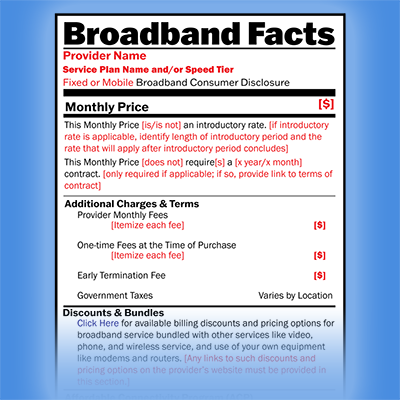Are eco-friendly ISPs more expensive?
Not necessarily. As green technology scales, many eco-forward providers remain price-competitive. Some even pass energy savings on to customers.
Learn how to reduce your internet’s environmental impact. Explore green data centers, renewable-powered providers, and best practices to shrink your digital footprint.

The internet is more than just websites and streaming—it’s also a growing contributor to carbon emissions through data center power usage, device manufacturing, and daily energy consumption. Whether you’re a new homeowner setting up internet in a fresh location or just looking to be more earth-conscious, this guide will help you navigate eco-friendly internet practices in 2025. From green data centers to providers powered by renewable energy, every step counts toward a smaller digital footprint.
Data centers worldwide consume vast amounts of electricity, with streaming services and cloud computing contributing to rising energy demand. IEA (International Energy Agency) reports that by 2030, data transmission networks could represent a significant slice of global electricity usage, especially as 4K/8K streaming and smart home devices become standard.
New homeowners often install multiple connected devices—like security cameras, thermostats, and voice assistants—that can further drive energy usage. Mindful data consumption can help reduce your overall home utility costs and environmental impact.
Major tech firms (Google, Microsoft, Apple) and many ISPs are investing in renewable energy, carbon offsets, and more efficient hardware. Data centers are adopting modular designs, advanced cooling systems, and power monitoring tools to trim waste and use more green power.
Whether you’re streaming Netflix or gaming online, a few tweaks can significantly cut energy use:
For more general cost-saving strategies that also help reduce power usage, see our “How to Save on Cable and Internet” guide.
Many ISPs are improving sustainability through renewable offsets, energy-efficient data centers, and advanced network hardware. Below are some top picks for new homeowners interested in going green:
Frontier invests in fiber expansions with more efficient infrastructure, reducing power usage
per gigabit. Known for speeds up to 2 Gbps in select markets.
Order Frontier Now
Cox runs multiple sustainability projects and has pledged to reduce its carbon footprint with
energy-efficient broadband hardware. Great speeds for suburban & urban areas.
Order Cox Now
Spectrum has begun renewable energy initiatives for certain data hubs and invests in network
optimizations to cut power usage. No data caps, making it easy for large families or streaming enthusiasts.
Order Spectrum Now
AT&T’s 5G Home Internet uses advanced antennas that can scale power usage with real-time demand.
Their fiber network also invests in energy-saving hardware across major cities.
Order AT&T Now
T-Mobile uses renewable energy credits to offset part of its 5G rollout. Speeds can vary, but
it’s a solid, contract-free choice if you want to support carriers aiming for a smaller carbon footprint.
Order T-Mobile Now
Watch this short video to see how streaming video, especially in 4K or HDR, contributes to rising data center energy consumption—and what you can do about it:
Facebook (Meta) invests in large-scale solar farms, while Netflix offsets streaming demands through renewable energy certificates (RECs). Learn more about their initiatives here:
Not necessarily. As green technology scales, many eco-forward providers remain price-competitive. Some even pass energy savings on to customers.
Yes. New homeowners can reduce their environmental impact from day one, plus enjoy modern, energy-efficient equipment that lowers utility bills over time.
It can. 4K streams consume more bandwidth, leading to higher data center load. If 4K isn’t essential, switching to HD can significantly lower energy usage without sacrificing much visual quality.
As the digital era expands, each click, stream, and upload has an environmental cost. Thankfully, the rise of renewable energy and efficient data centers lets us shrink our digital carbon footprint. Whether you opt for an ISP with green credentials or adjust your streaming habits, every step matters—especially if you’re settling into a new home and want to start things on an eco-friendly note.
Ready to see which ISP offers the best combination of speed, sustainability, and price? Check Green Internet Plans Now

04/15/24
Greater transparency mandated for internet providers to disclose fees, prices by FCC. Empowering con...

10/16/18
Frontier Communications is going the extra mile for its customers. It's not just a 24/7 customer ser...

05/24/20
Compare the best internet providers in San Antonio for 2025. Find the fastest speeds, lowest prices,...